A Brief History of Morocco
PERSISMA, Morocco had been geographically important and historically rich way before the Arabs invaded in the seventh century. Fossil remains in parts of the country show Morocco was inhabited over 50,000 years ago. Rock carvings portray lush forests populated by elephants, ostriches, giraffes and lions. Myth has it that Hercules separated Europe from Africa, and in doing so created the Strait of Gibraltar, the Caves of Hercules (just outside of Tangier) and the Pillars of Hercules—the rocks of Gibraltar and Ceuta.
Punic tombs attest to Phoenician settlement from the 12th century B.C. until the 2nd century B.C. when the Romans took over—it was at this time that Jews started coming to Morocco after the Egyptian Exodus. There are still some Roman ruins in Volubilis (near Moulay Idriss, outside of Meknes), Lixus (near Larache) and Sala Colonia (inside the Chellah Necropolis in Rabat). After the Romans came the Vandals in the 5th century.
The Arabs and Islam arrived to Morocco in the 7th century. However, even before the arrival of the Phoenicians the land was already inhabited by a group of indigenous tribal people, who still inhabit much of the countryside and mountain regions, and whose origins are still being debated.
According to recent genetic testing, most northwest Africans have Berber origins. Science still has not definitively identified where the Berbers are originally from, but genetically, the predominant ancestors of the Berbers seem to have come from East Africa and/or the Middle East.
The Berber people succumbed to or resisted various outside invasions over Morocco’s long history. While Christianity swept through, they either converted or were forced to become nomadic, seeking solace in the harshest regions of the country—the Atlas Mountains and the Sahara Desert.
When the Arabs arrived in 684, many Berbers accepted them, voluntarily converted to Islam, and formed a major part of the fighting power that helped the Arabs claim Morocco and spread into Western Europe. But, not all the Arabs were warmly received by the Berbers. Even well into the 20th century, the Berbers were fierce warriors who managed to ward off and expel some of the Arabs, avoid paying taxes to Middle Eastern caliphs, and fight off the Spanish and French from invading Berber regions.
Of the 7 dynasties that have ruled Morocco, the majority have been Berber. And, centuries of ruling Arab and Berber dynasties led to the flourishing of major cities such as Marrakesh, Fez, Meknes, Rabat, and even Granada, Spain.
The Idrissid Dynasty: 780s – 1060
Moulay Idriss, also known as Idriss I, was a direct descendant of the prophet Mohammed. He lived in Baghdad and fled to Morocco after disputing a caliph’s legitimacy of the ruling Abbasid dynasty. In Morocco, he was accepted by various Berber tribes and even married a Berber woman. He is credited with establishing the first Moroccan state and founding the city of Fez. His tomb can be seen (by Muslims only) at the holy town of Moulay Idriss near Volubilis. Kairouiyine University, one of the world’s oldest universities, was built in Fez during this dynasty in 859.
The Almoravid Dynasty: 1062 – 1147
From a Saharan Berber tribe, Youssef Ben Tashfin was the first ruler of the Almoravid dynasty. He founded Marrakesh, which became the capital, and expanded his empire into West Africa and Southern Spain. Tashfin made Marrakesh a metropolitan learning center where some remains can still be seen today—notably the red earthen walls that surround the old medina. As the city of Marrakesh was beginning to prosper, so were the empire’s sister cities of Granada, Seville and Cordoba, Spain.
The Almohad Dynasty: 1147 – 1248
This next Berber dynasty to take over ruling Morocco and Southern Spain spread their empire into Algeria, Tunisia and parts of Libya. The Almohads left behind monuments such as the Koutoubia Mosque in Marrakesh, the Giralda in Seville, Spain and the Tour Hassan in Rabat.
The Merenid Dynasty: 1248 – 1465
The Merenids were also nomadic Berbers from the Sahara. The koranic schools, or medersas, in Fez, Meknes, Salé and Marrakesh were all built during this dynasty.
The Wattasid Dynasty: 1465 – 1549
The Wattasid empire was short, but a lot happened during their short-lived reign: the fall of Muslim Spain started; the Spanish and Portuguese began claiming outposts on the Atlantic and Mediterranean coasts of Morocco; Muslims and Jews fled into Morocco due to the Spanish Inquisition; and the Ottoman Turks arrived at Morocco’s doorstep.
The Saadian Dynasty: 1554 – 1669
The Saadians were the first Arab tribe to rule since the Idrissids. They were able to get back some of the coastal outposts claimed by Portugal, and the Battle of the Three Kings finally ended most of Portugal’s interest in Morocco. Basking in their new glory, the Saadians were invincible; they kept the Ottomans from invading and taking over as they had in the rest of North Africa. The Saadians also looted Timbuktu, Mali, bringing back abundant black slaves and gold. This era was the pinnacle of piracy, led by the expelled Spanish Muslims and Jews called the “Salée Rovers”, who lived in the Kasbah des Oudayas in the independent state of Rabat-Salé.
The Alaouite Dynasty: 1669 – present
The Alaouites, like the Saadians, are also of Arab lineage and claim to be descendants of the prophet. The second ruling sultan was the tyrannical Moulay Ismail. He established Meknes as his capital and unified all regions of the country at the expense of many Berber tribes, black slaves, and white slaves taken by piracy along the Western European coasts and boat raids. The dynasty began its downward slope during the second half of the 19th century when several tribes rebelled and European Imperialists began carving up the African continent.
In the early 20th century, Spain was allotted northern Morocco and the Western Sahara along with some other small, coastal outposts along the Atlantic coastline. France got everything in between. During the 50 years of French “protection” in Morocco, they built roads, railways, ville nouvelles, or new cities, next to the old medinas, developed the Casablanca port, and established Rabat as the new political capital. Spain had a much harder time controlling the Berber tribes in the Rif Mountains. Tangier, due to its strategic location, was an “International zone” where Spain, France and England shared the pie together.
1956 marked the year of Moroccan independence from France and Spain (Spain still controls two enclaves, Ceuta and Melilla, in northern Morocco). After Spain gave up its territory in the Western/Spanish Sahara in 1974, one year later King Hassan II sent over 300,000 Moroccans to march into the region to claim back its territory. However, the Algerian- and Libyan-backed Polisario guerillas waged war with Morocco to establish an independent Saharawi Arab Democratic Republic. After the United Nations declared a cease-fire between the two, the area is still under dispute, and the situation and identity of the Western Sahara remains unresolved, but Morocco currently governs the area.
King Mohammed VI
King Mohammed VI took over the throne immediately after his father’s death in 1999. While many didn’t think the young king in his mid thirties would be able to rule the kingdom with the same iron fist as his father, M6 chooses to follow an agenda of his own. Dubbed “the king of the poor”, Mohammed VI has already accomplished a great deal: sacking corrupt ministers; tackling the country’s high rates of unemployment, illiteracy and poverty; and granting women more equal rights under Shari’a Law (Islamic Law based on the Koran) that the Moroccan judicial system follows to govern family, marriage and inheritance issues. M6 is the first Moroccan ruler to give his wife a royal title, Princess Lalla Salma, who is the first wife of a Moroccan ruler to appear publicly. Yet, despite his liberal attitudes and modern ideas, he still keeps the countries political climate under tight control.
Source: Journey Beyond Travel

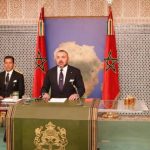


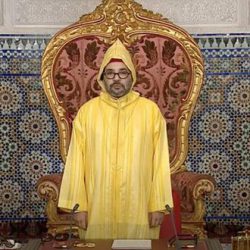




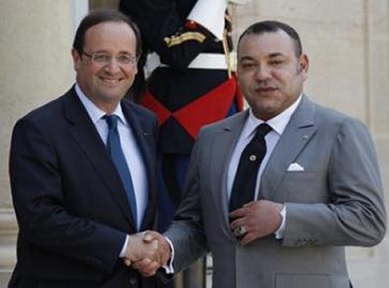
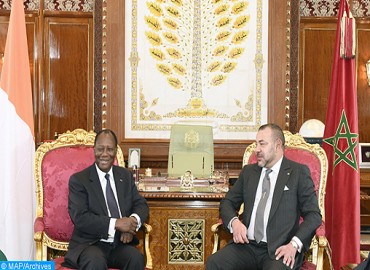

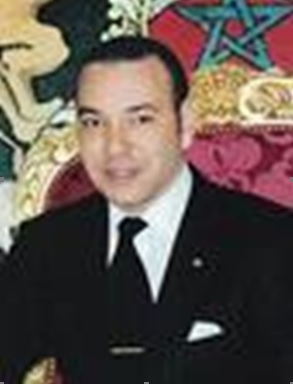

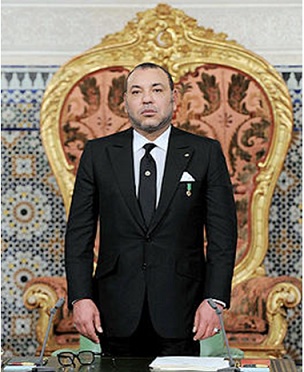




New Comments